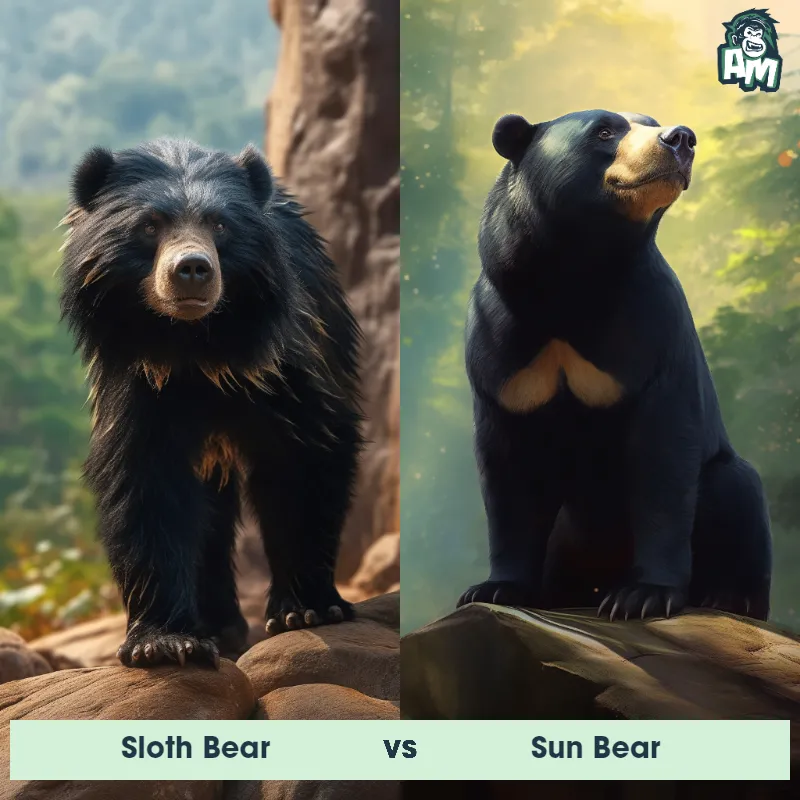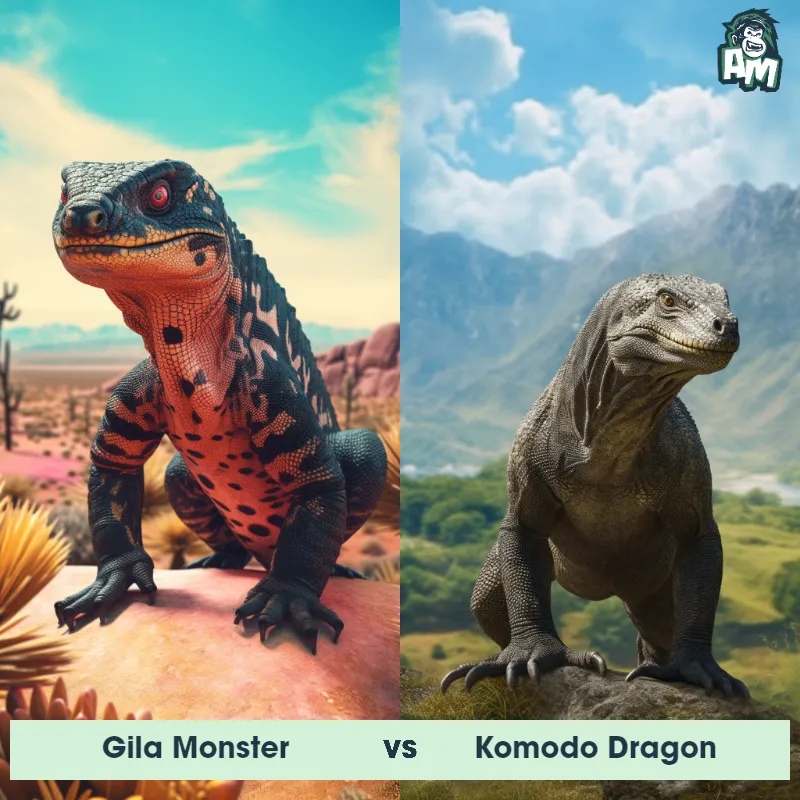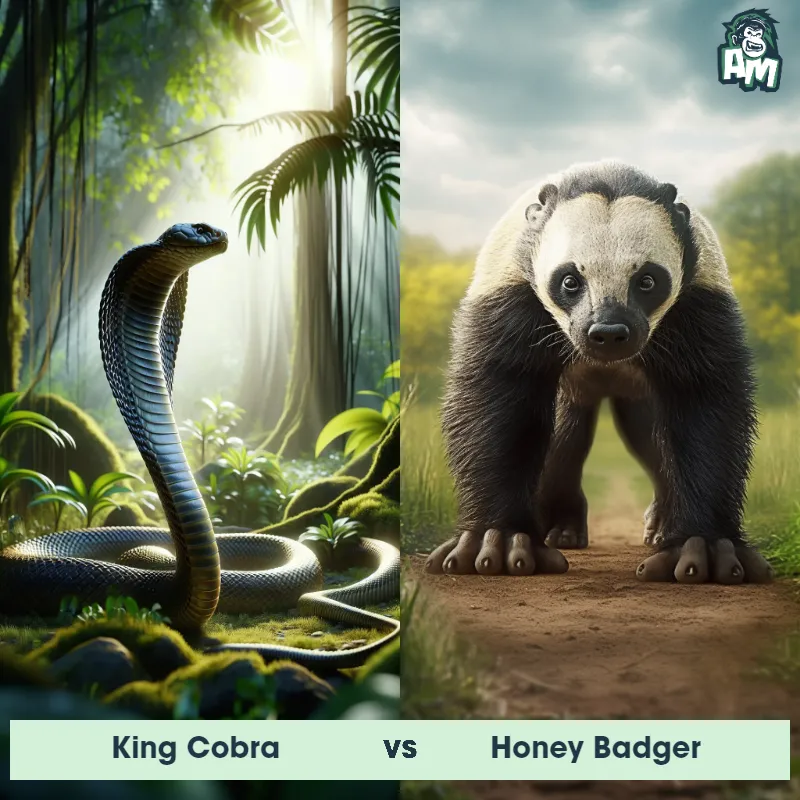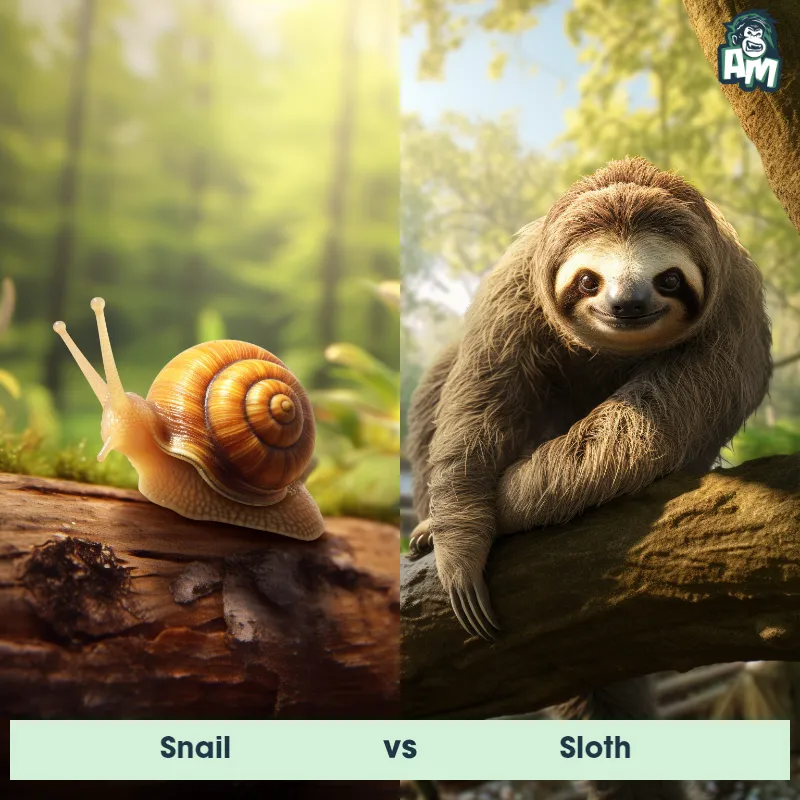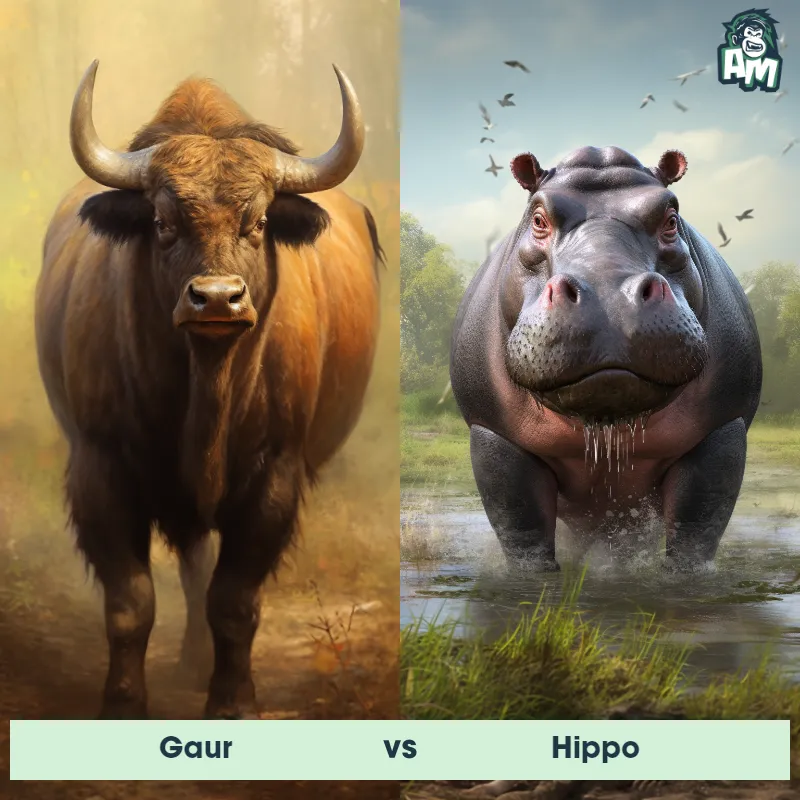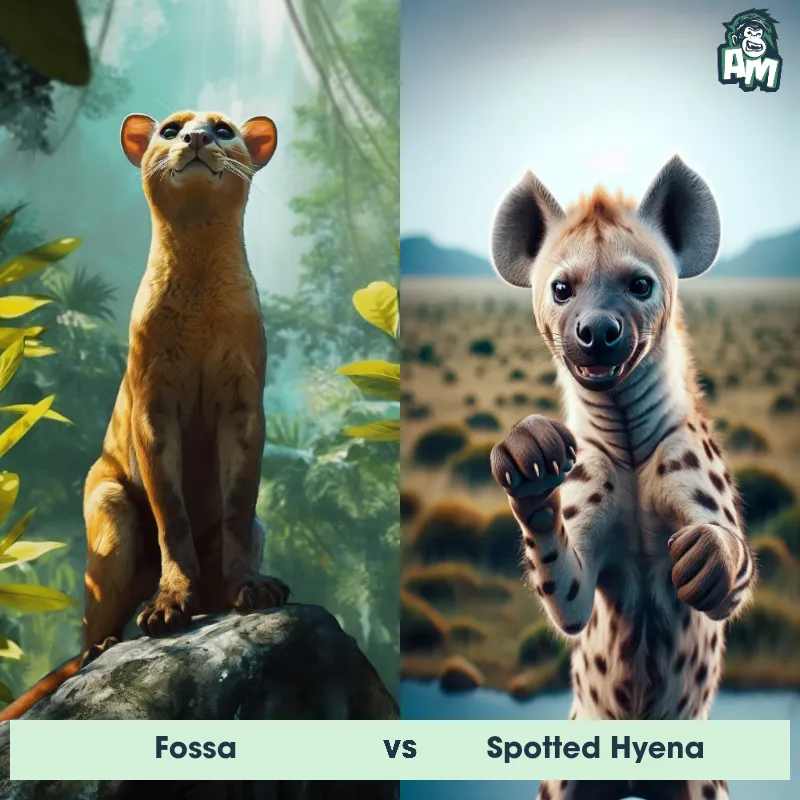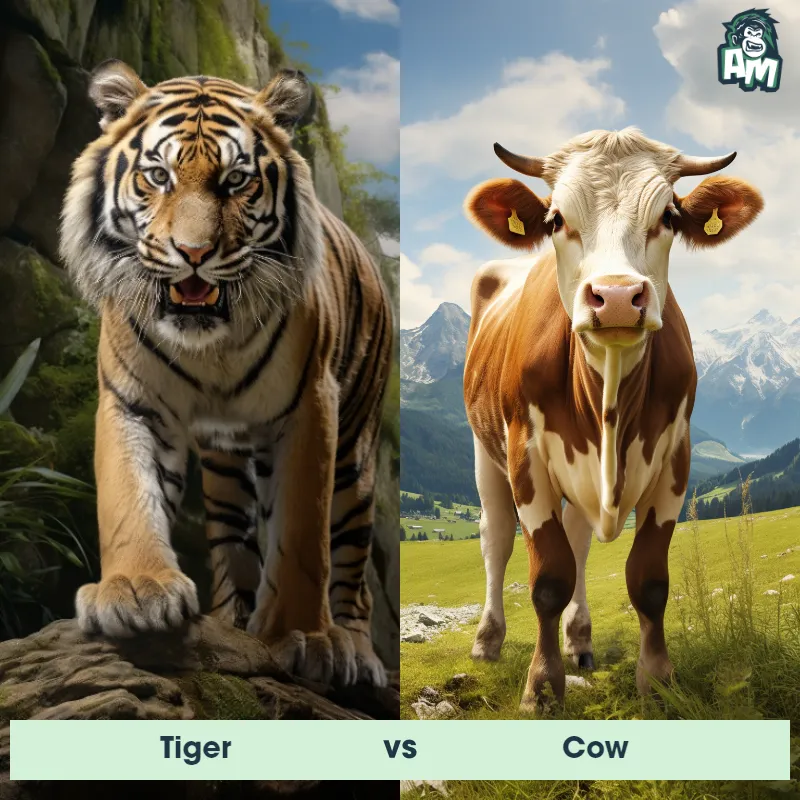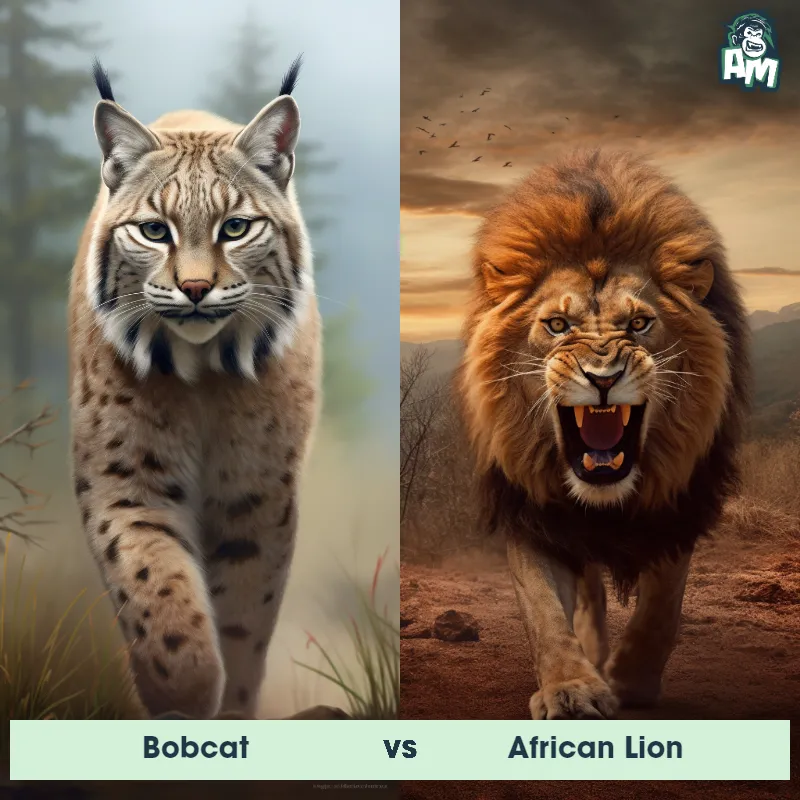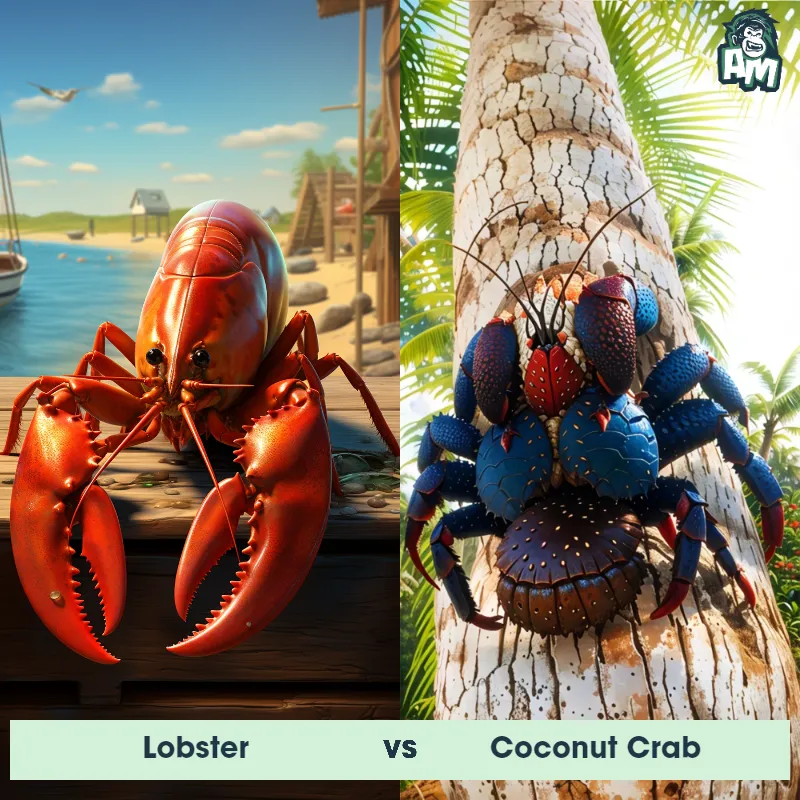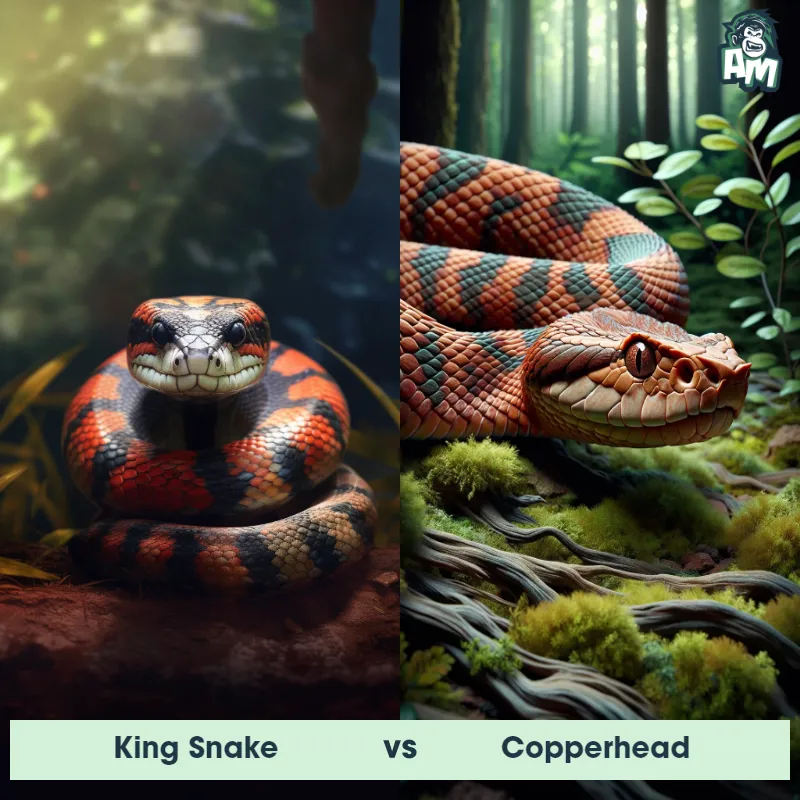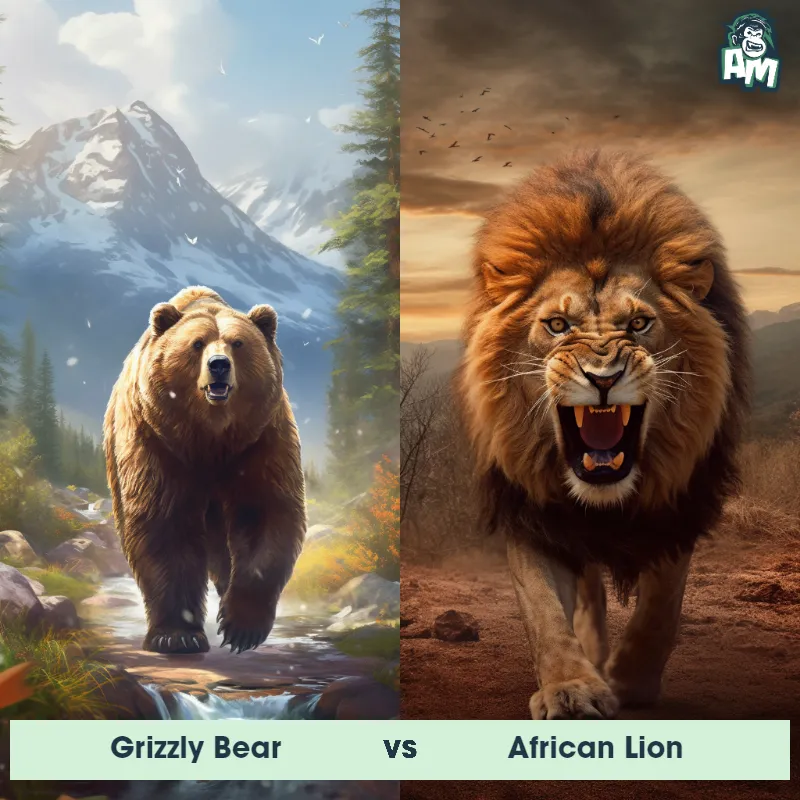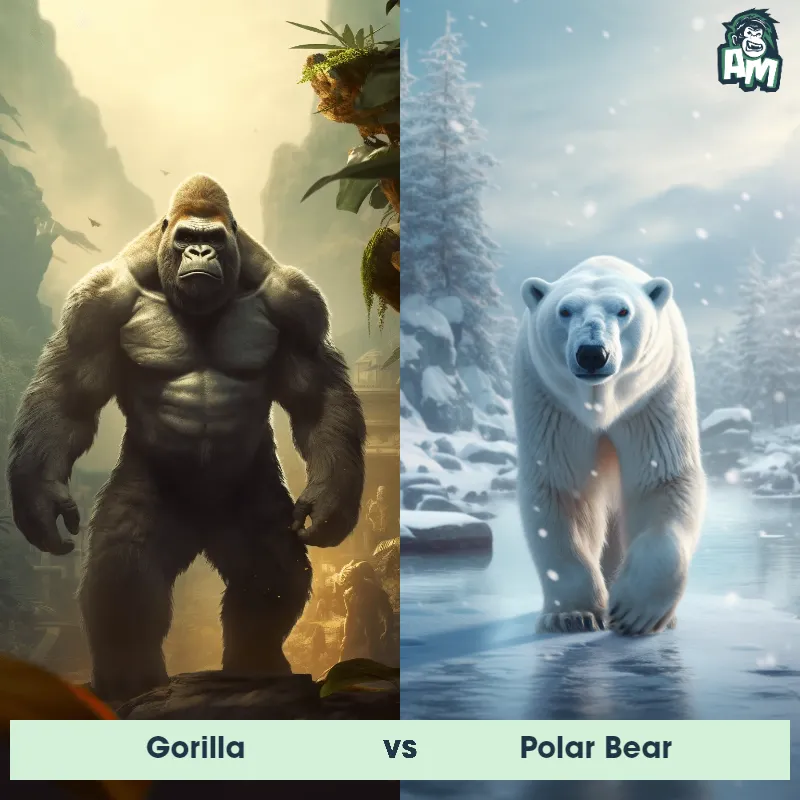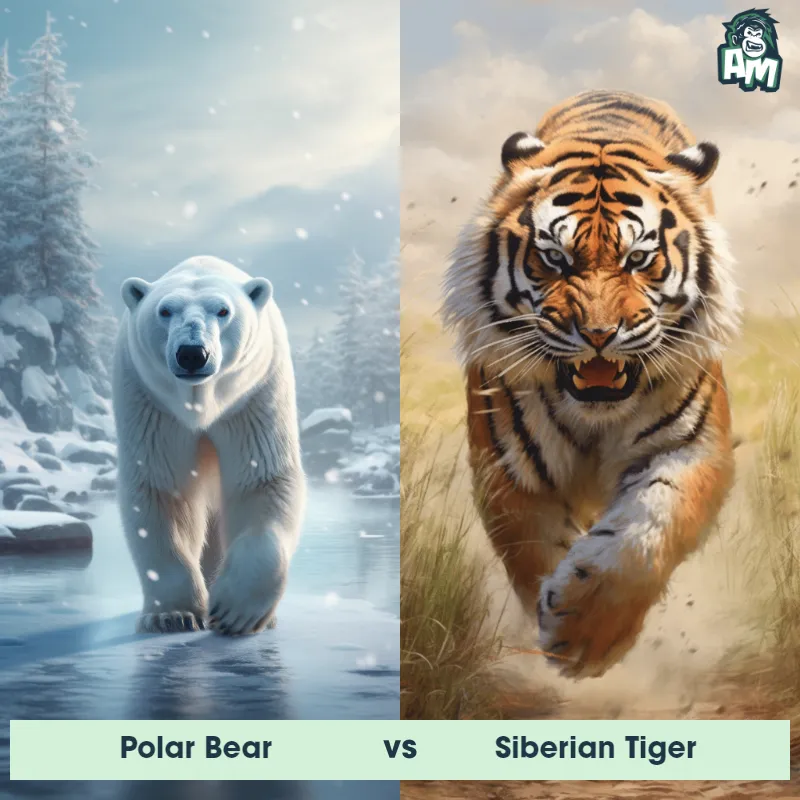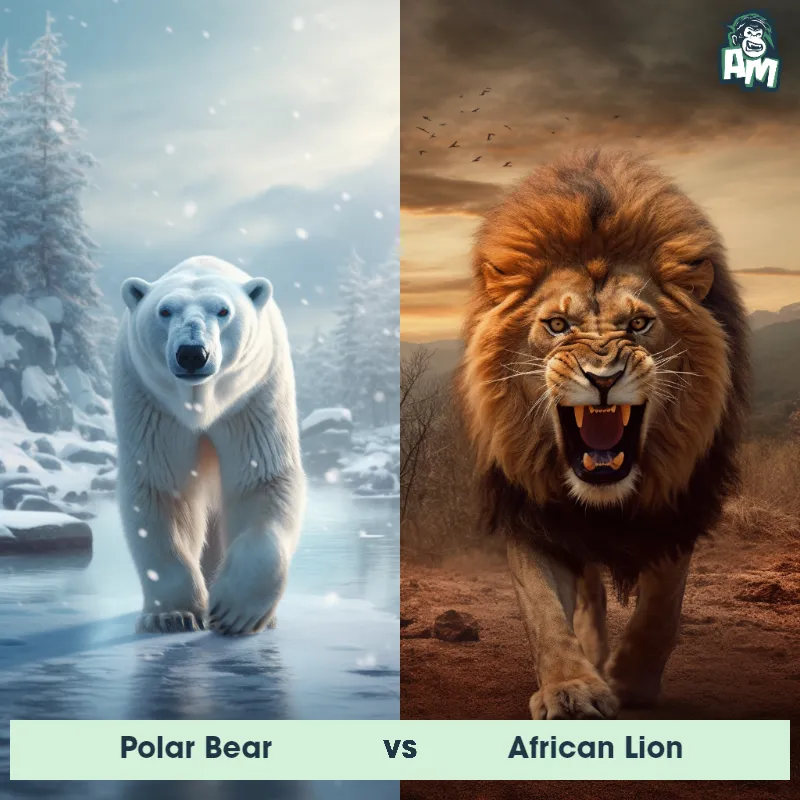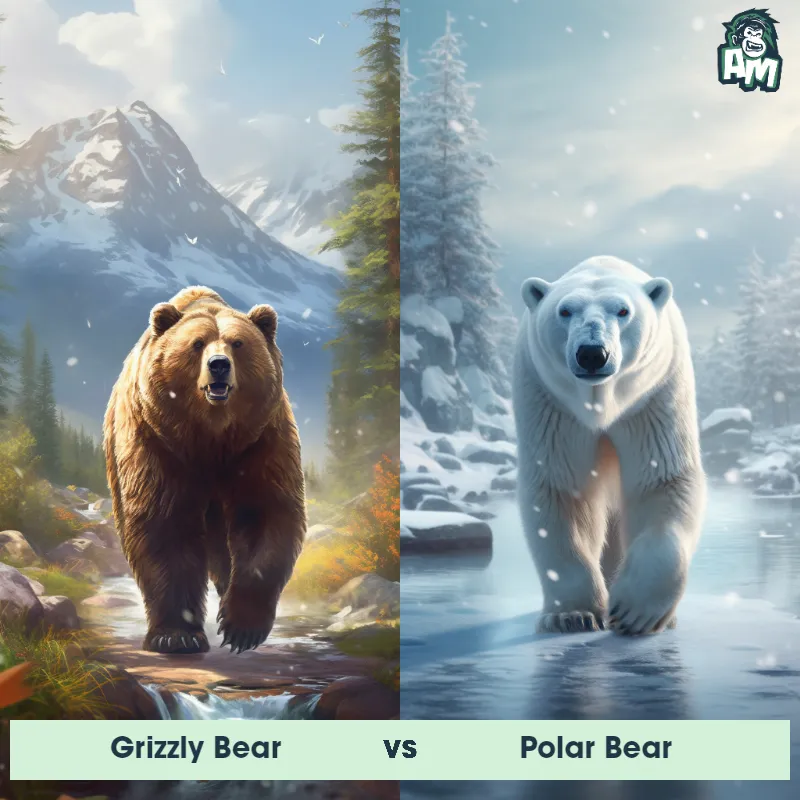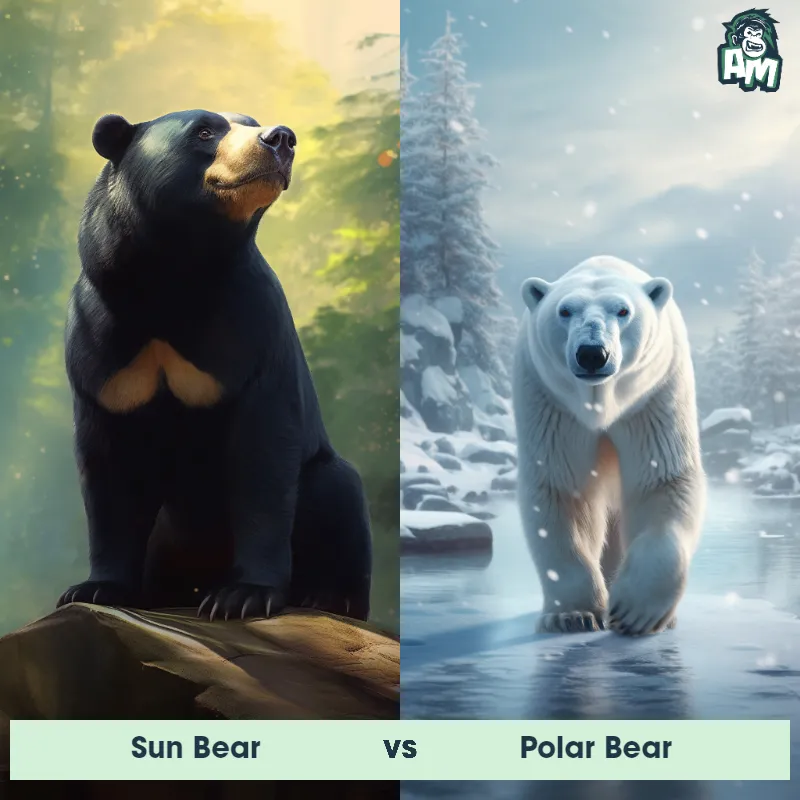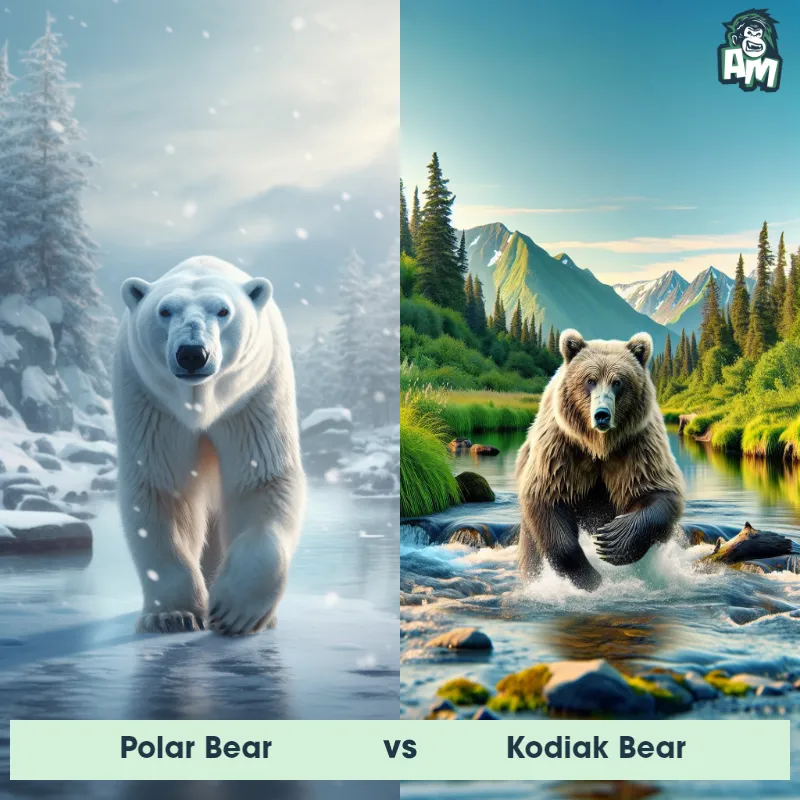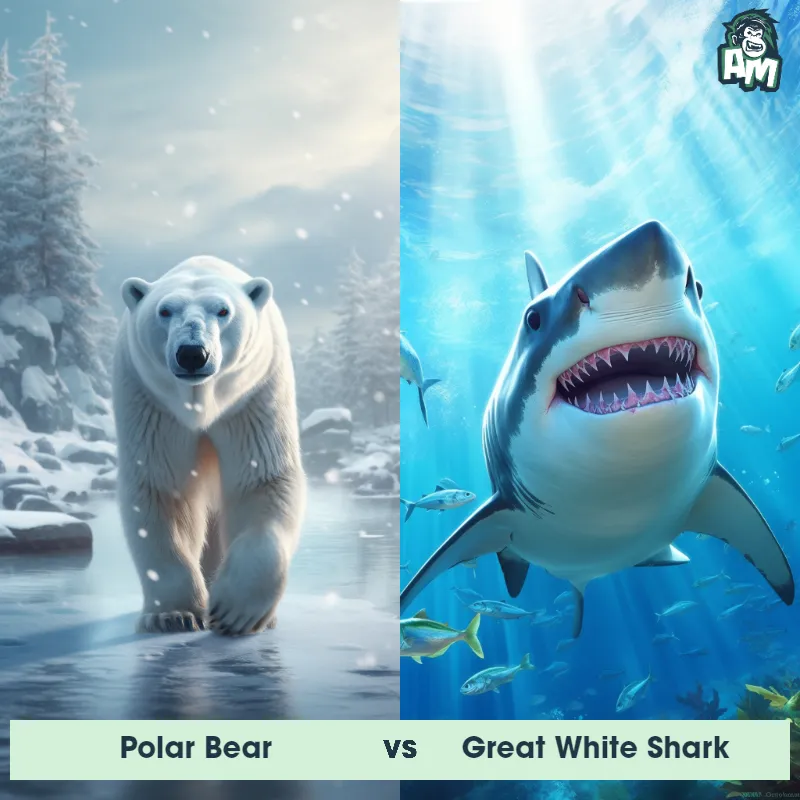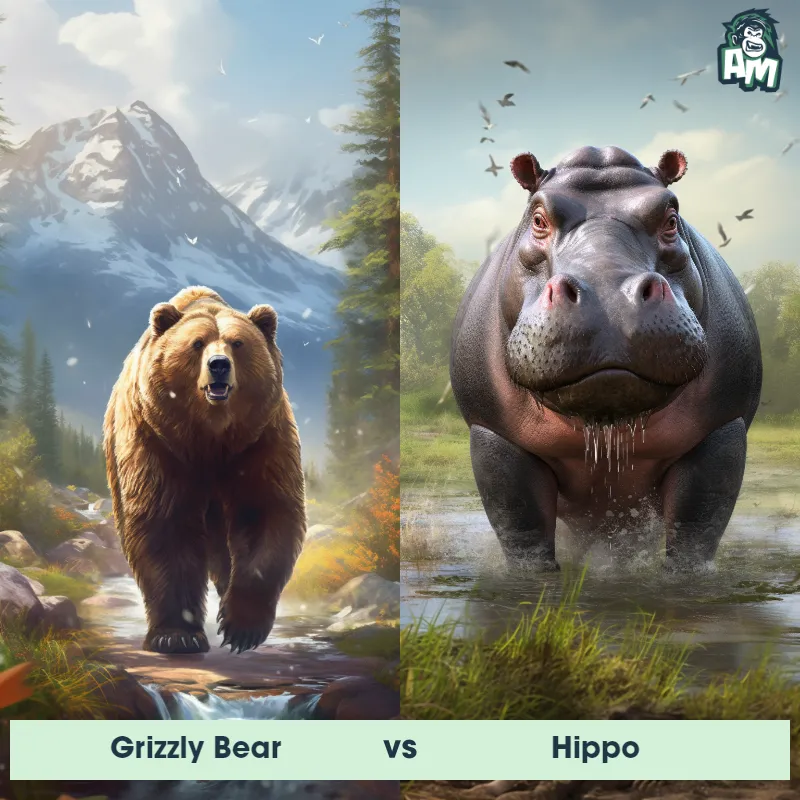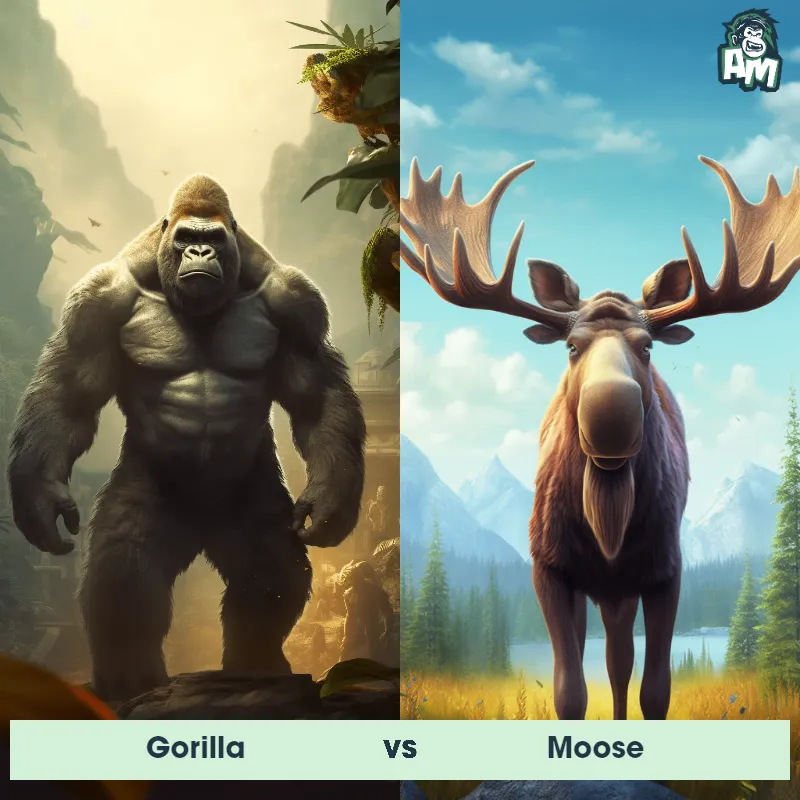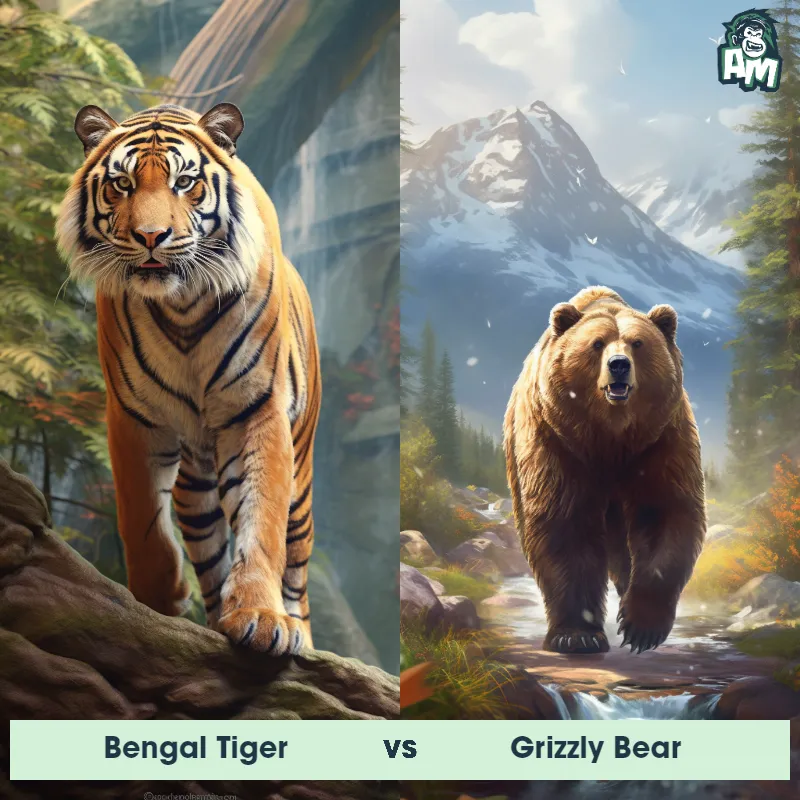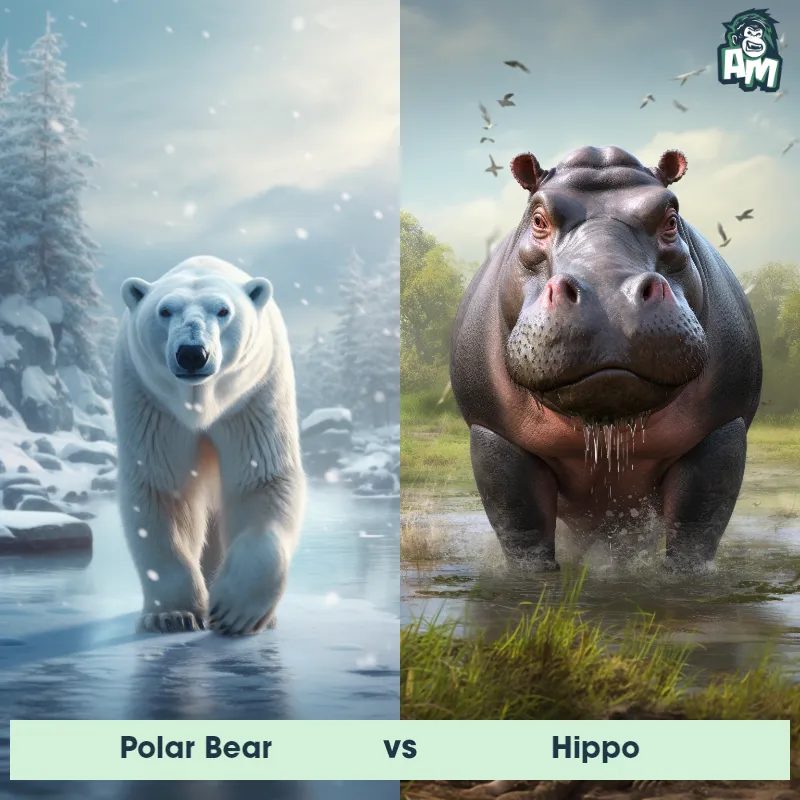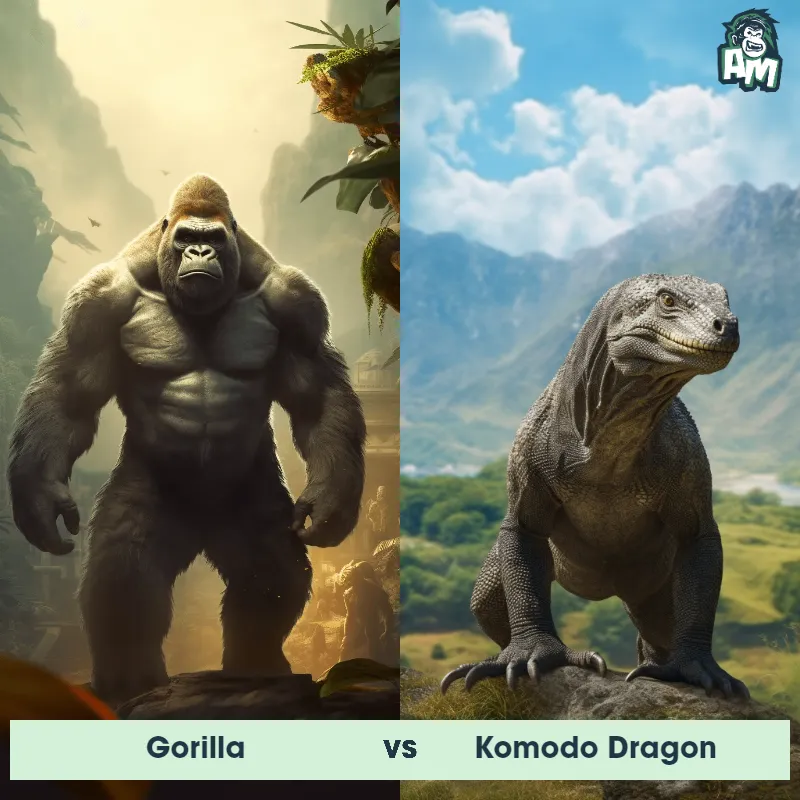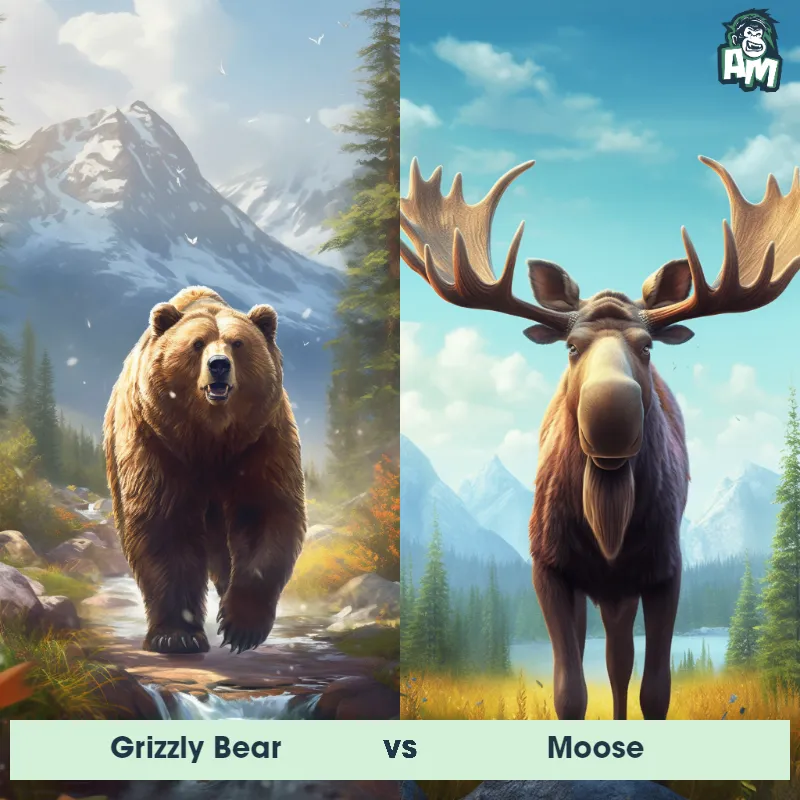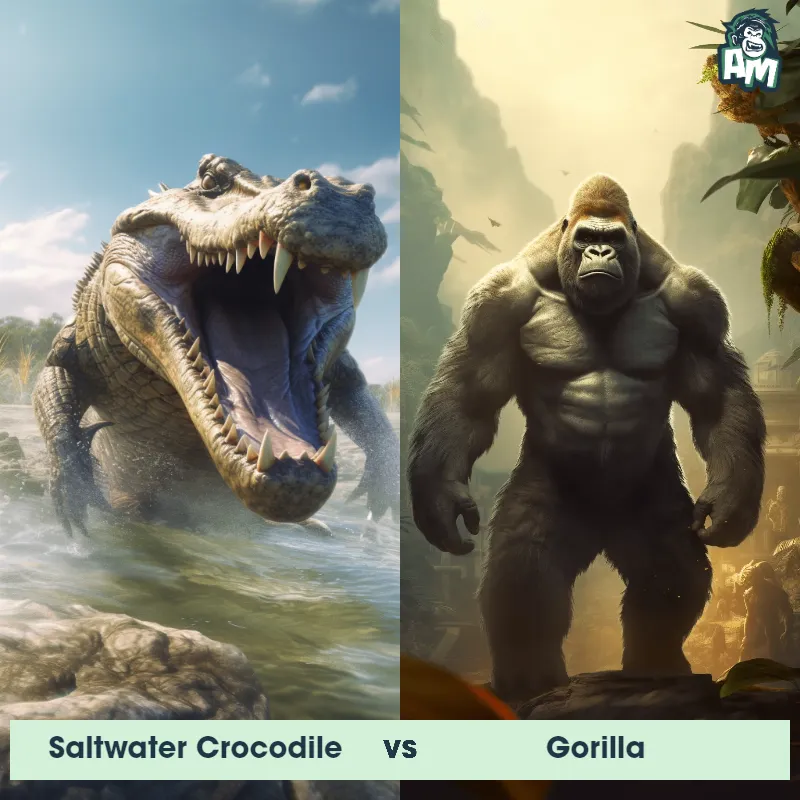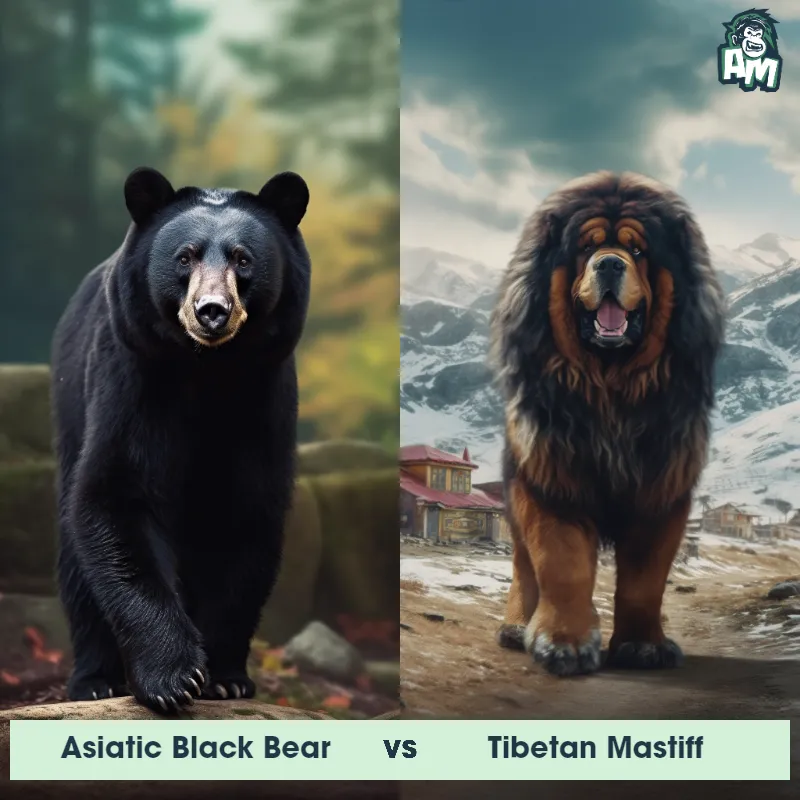Human vs Grizzly BearSee Who Wins

Ladies and gentlemen, welcome to this epic showdown between a human and a grizzly bear! Both contenders are ready to give it their all in this intense matchup. Let's see who will come out on top in this three-round fight.
Contender 1: Human
The human, Homo sapiens, is a highly intelligent and social primate species. They are characterized by their upright posture, opposable thumbs, and relatively hairless bodies compared to other mammals. Humans have complex brains that enable them to think, reason, and communicate through language. They possess a wide range of physical variations in height, weight, and skin color due to genetic diversity. Humans are known for their adaptability and capacity to use tools, which has allowed them to thrive in a variety of environments across the globe.
![[object Object] Gif](https://tenor.com/view/hungry-caveman-muppetwiki-muppet-wiki-jim-henson-gif-11005515308056547982.gif)
Fun Fact: Humans are the only known species capable of abstract thinking, allowing them to conceptualize ideas and think in terms of concepts that do not have a physical presence.
Contender 2: Grizzly Bear
The Grizzly Bear, also known as the North American Brown Bear, is a large mammal that can weigh up to 600 pounds and stand up to 8 feet tall on its hind legs. They have distinctive humps on their shoulders, long claws, and a concave facial profile. Grizzly Bears are omnivores and can be found in North America, primarily in Alaska and western Canada.
![[object Object] Gif](https://tenor.com/view/fighting-match-quarrel-brawl-battle-gif-15965644.gif)
Fun Fact: Grizzly Bears have an incredible sense of smell and can detect food from miles away, making them excellent hunters and scavengers.
Matchup Stats
| Human | Grizzly Bear | |
|---|---|---|
| Size | Average height of 5 feet 7 inches (170 cm) | Up to 8 feet tall (2.4 meters) |
| Weight | Average weight of 154 pounds (70 kg) | Up to 600 pounds (272 kilograms) |
| Speed | 27.8 mph (44.7 km/h) | Speed: 30 mph (48.28 km/hr) |
| Key Strength | Intelligence and ability to strategize | Powerful jaws and sharp claws |
| Biggest Weakness | Lack of physical strength compared to some animals | Slow movement and vulnerability to attacks from behind |
Current Votes
Human vs Grizzly Bear
See Who Wins
View More Matches
Looking For More?
Similar Matches
Scientific Stats
| Human | Grizzly Bear | |
|---|---|---|
| Scientific Name | Homo sapiens | Ursus arctos horribilis |
| Family | Hominidae | Ursidae |
| Habitat | Diverse habitats, including forests, grasslands, deserts, and urban areas | Forests, meadows, and mountains |
| Geography | Found on all continents | North America, primarily in Alaska and western Canada |
| Diet | Omnivorous, with a preference for cooked food | Omnivorous, eats berries, roots, fish, small mammals, and carrion |
| Lifespan | 70 years - 90 years | 20 years - 25 years |
Key Differences between Human and Grizzly Bear
- Color: Grizzly Bears have a distinctive humped shoulder and are usually a dark brown to light tan color, with silvery tips on their fur, whereas Humans do not possess a hump and have a wider range of skin tones.
- Facial Features: Grizzly Bears have a broad, flat face with small eyes and rounded ears, while Humans have elongated faces, larger eyes, and smaller, more elongated ears.
- Posture: Grizzly Bears typically walk on all fours, with a lumbering gait, while Humans are bipedal and walk upright.
- Claws: Grizzly Bears have long, curved claws that are used for digging and catching prey, whereas Humans have shorter, straighter nails for various tasks.
- Tail: Grizzly Bears have a short, stubby tail that is often not visible due to their thick fur, whereas Humans do not possess a tail.
- Size: Grizzly Bears are significantly larger than Humans, with adult males weighing up to 1,200 pounds, while adult males typically weigh between 150-200 pounds.



